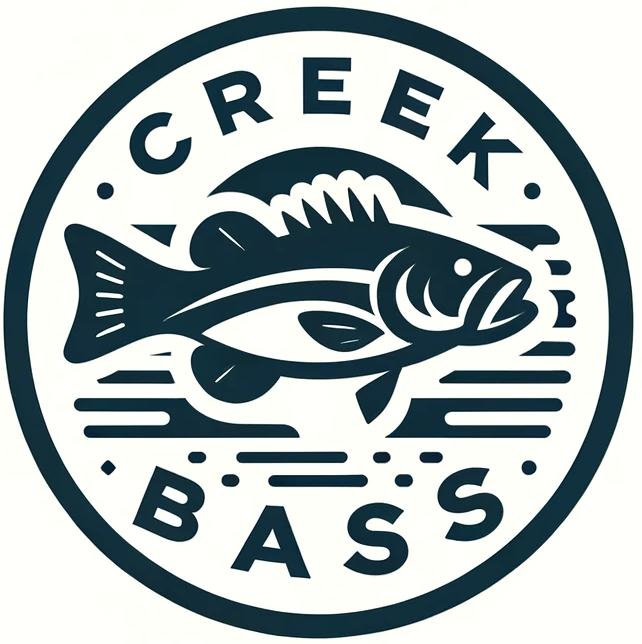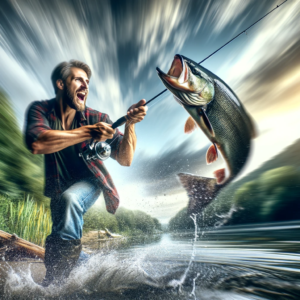Bass fishing is a sport that combines skill, patience, and the right equipment to land the perfect catch. Among the essential tools in an angler’s arsenal, the choice of lure plays a pivotal role in attracting and capturing bass. This article delves into some of the most effective bass fishing lures, each designed to mimic the natural prey of bass and trigger their predatory instincts.
Below you will find a breakdown of some really good bass fishing lures:
Soft Plastics: The Versatile Choice
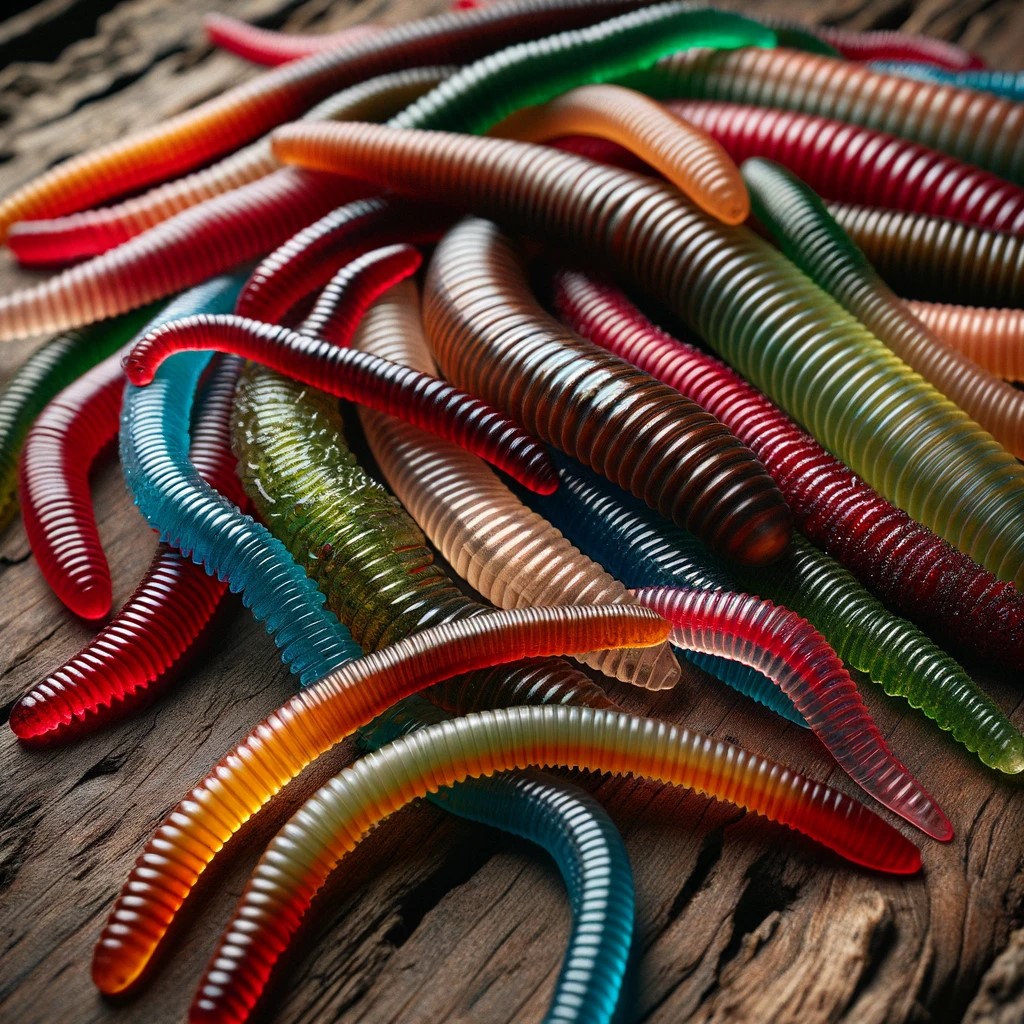
Using soft plastic lures effectively for bass fishing requires an understanding of bass behavior and habitat, as well as mastering various rigging and retrieval techniques. Soft plastics, such as worms, creature baits, and swimbaits, are incredibly versatile and can be presented in numerous ways to mimic the natural prey of bass. One popular method is the Texas rig, ideal for fishing in heavy cover without getting snagged, where the hook is embedded in the body of the lure to make it weedless. The key with soft plastics is to mimic the movement of natural prey, which often involves a slow and steady retrieve with intermittent pauses and twitches. This erratic action can trigger strikes from bass by appealing to their predatory instincts.
Another effective technique is the use of a drop shot rig, particularly useful in deeper water or when bass are suspended off the bottom. This setup allows the soft plastic bait to be presented above the bottom, providing a more natural and enticing presentation in clear water. The weight at the end of the line holds the rig in place, allowing the angler to shake or twitch the rod tip gently, giving the soft plastic a lifelike movement that can be irresistible to bass. It’s crucial to pay attention to the conditions and adjust your choice of soft plastic lure, color, and presentation accordingly. For instance, in murky water, brighter colors and larger lures might be more effective, while in clear water, more natural, subdued colors and smaller presentations are often preferred. Experimentation and observation are key to understanding what works best in a given situation, making the use of soft plastics a dynamic and rewarding approach to bass fishing.
Crankbaits: The Action-Packed Attractor

Crankbaits are an essential tool in the bass angler’s arsenal, offering a dynamic and effective way to cover a lot of water quickly and target bass at various depths. These hard-bodied lures are designed to mimic the movement and appearance of baitfish or other prey, with a lip that causes the bait to dive and wobble when retrieved. The key to effectively using crankbaits lies in choosing the right model for the desired depth and water conditions. Shallow-diving crankbaits are ideal for targeting bass in shallower waters or around submerged structures like weed beds and stumps, while deep-diving crankbaits can reach bass lurking in deeper offshore structures like ledges and drop-offs. Varying the speed and rhythm of the retrieve can also make crankbaits more enticing to bass, with a steady retrieve mimicking a swimming baitfish and erratic jerks and pauses imitating injured prey, triggering the predatory instincts of bass.
Crankbait lures for bass fishing
Color and noise are also crucial factors when using crankbaits. Selecting a color pattern that matches the local forage or stands out in the water conditions can make a significant difference in attracting bass. In murky or stained water, brighter colors and crankbaits that produce more vibration or sound can be more effective in getting the attention of bass. Conversely, in clear water, more natural, subdued colors and quieter crankbaits often yield better results. Furthermore, making contact with the bottom or structure, known as “deflecting,” can cause the crankbait to change direction suddenly, closely mimicking the erratic movements of real baitfish and often provoking reactive strikes from bass. Mastery of crankbait fishing involves understanding these nuances, along with continuous experimentation and adaptation to the specific conditions and behavior of bass in the fishing area.
Spinnerbaits: The Flashy Enticer

Spinnerbaits are a favored lure among bass anglers due to their versatility and effectiveness in various conditions, particularly in murky water or around heavy cover where other lures might fail. A spinnerbait consists of a metal blade or blades attached to a bent wire, with a skirted hook that mimics the flash and vibration of small fish or other prey. The key to effectively using spinnerbaits is to capitalize on their unique design to attract bass through both visual appeal and vibration. The retrieval speed plays a crucial role; a steady retrieve can mimic a swimming baitfish, while varying the speed and incorporating occasional pauses or jerks can make the lure appear more erratic and injured, which is often irresistible to predatory bass. Spinnerbaits are especially effective around structures such as submerged logs, weed edges, and rocky outcrops, where bass lie in ambush.
Choosing the right spinnerbait for the situation is critical. The blade type (such as willow leaf, Colorado, or Indiana) affects the lure’s vibration and flash. Willow leaf blades, for example, provide a subtler vibration and are excellent for clear water, while Colorado blades produce a more pronounced thump, ideal for stained or murky waters where bass rely more on their lateral line to detect prey. Additionally, the color of the skirt and blades should be chosen based on the water clarity and available forage, with more natural colors for clear conditions and brighter, more contrasting colors for murky waters. Anglers should also consider the weight of the spinnerbait to ensure it’s suitable for the depth and current of the fishing spot. By understanding and adjusting these variables, anglers can greatly enhance their chances of success with spinnerbaits, making them a go-to choice in a variety of bass fishing scenarios.
Topwater Lures: The Thrill of the Strike
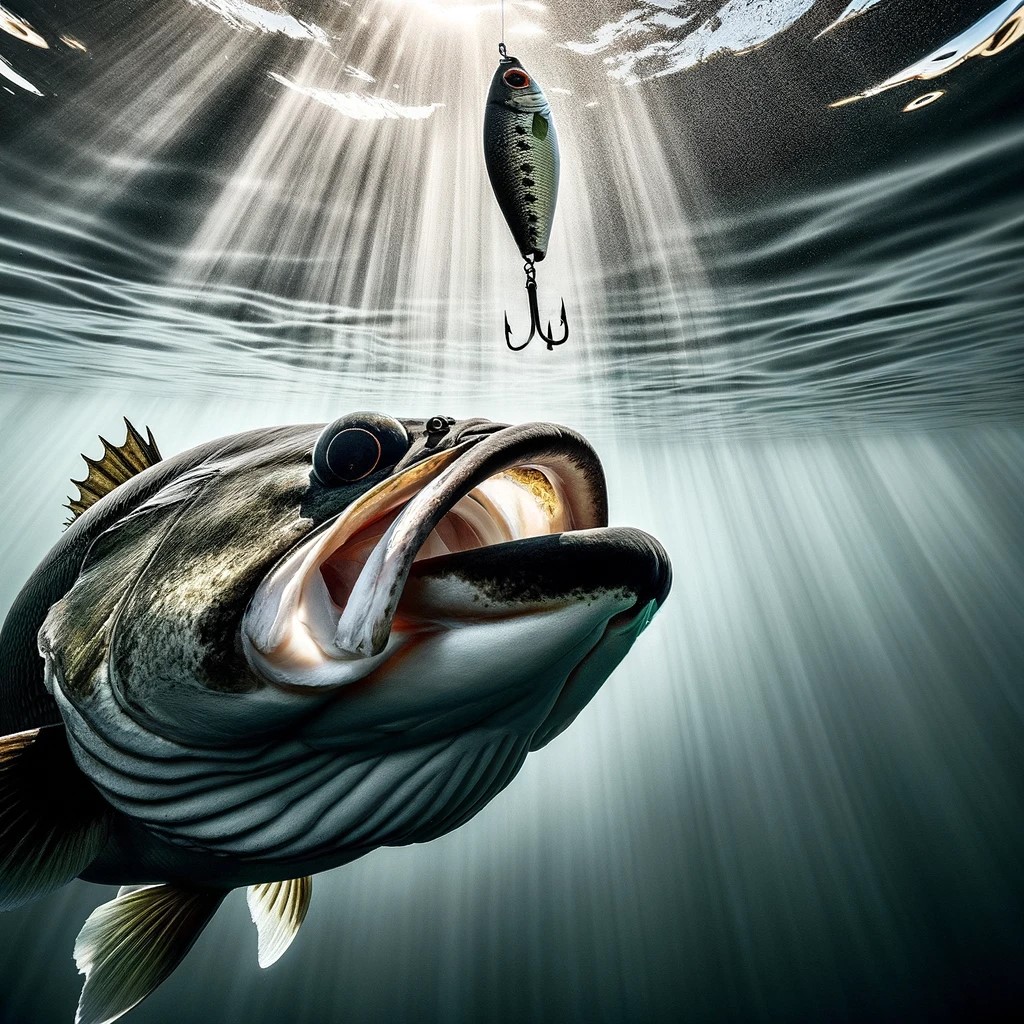
Topwater lures are among the most exciting baits to use for bass fishing, providing the thrilling spectacle of bass striking at the surface. These lures are designed to float and create various types of surface disturbances that mimic injured or fleeing prey, such as small fish, frogs, or insects. Effective use of topwater lures hinges on the angler’s ability to match the lure’s action to the prevailing conditions and bass behavior. Early morning or late afternoon, when the light is low, and the water is calmer, are typically the best times to use topwater lures. The key is to imitate the natural movements of prey, which can involve a variety of retrieves from a steady “walk-the-dog” action with zigzag movements to a more erratic, twitching retrieve that simulates an injured baitfish or bug.
Topwater lures for bass fishing
Selecting the right topwater lure is crucial and depends on the specific situation. Poppers, with their concave faces, are excellent for calm water, creating a noticeable splash and sound that can attract bass from a distance. On the other hand, walking baits are ideal for covering more water with their side-to-side action, while buzz-baits create a consistent buzzing and splashing noise, perfect for murkier waters or overgrown areas. It’s important to pause frequently during the retrieve, as bass often strike when the lure is stationary, mistaking it for an exhausted prey. Additionally, anglers should pay attention to the presence of baitfish or other surface activity, as these are indicators that bass might be feeding nearby, increasing the effectiveness of topwater lures. With practice and a keen observation of the water and weather conditions, anglers can master the art of topwater fishing, leading to some of the most visually rewarding catches.
Jigs: The Subtle Seduction
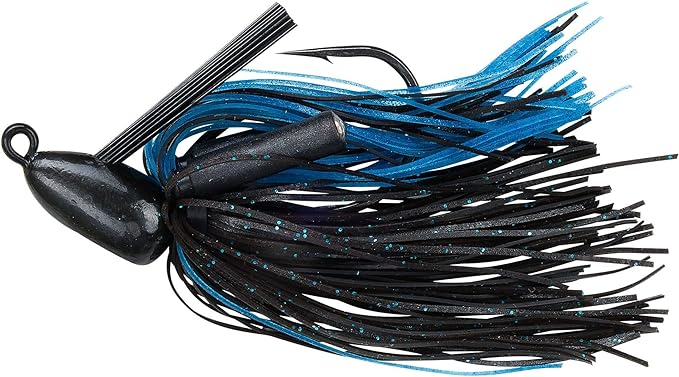
Jigs are a highly versatile and effective lure in the bass fishing community, known for their ability to catch fish year-round under various conditions. A jig consists of a weighted head, a hook, and usually features a skirt made of silicone or rubber to create a pulsating action that mimics the appearance of a crawfish or other types of prey. The secret to successfully fishing with jigs is to present these lures in a manner that replicates the natural movements of bass prey, particularly on or near the bottom. This can involve a variety of techniques such as casting and allowing the jig to sink to the desired depth before initiating a slow, hopping or dragging retrieve. The jig’s weight plays a crucial role in its presentation, with heavier jigs being suitable for deeper waters or stronger currents, while lighter jigs are better for shallower areas.
The effectiveness of jig fishing is also enhanced by the ability to adapt to different types of cover and structure where bass are likely to hide. Flipping and pitching jigs into dense cover, such as submerged timber, brush piles, or weed beds, can be particularly productive, as these areas are often inhabited by larger, more aggressive bass. Color selection is another critical aspect of jig fishing; matching the jig color to the natural prey in the area or the water clarity can significantly increase your chances of success. For instance, in muddy or stained waters, brighter colors or those that provide a stark contrast can be more effective, while in clear waters, more natural, subdued colors are often preferred. Mastery of jig fishing comes with practice and a keen sense of observation, allowing anglers to refine their techniques and presentations to match the conditions and behaviors of the bass in their local waters.
The Right Lure for the Right Conditions
Selecting the right bass fishing lure depends on various factors, including water clarity, temperature, depth, and the type of cover. Experimenting with different lures and presentations is part of the challenge and thrill of bass fishing. By understanding the behavior of bass and the characteristics of each lure type, anglers can enhance their chances of a successful outing.
In conclusion, the world of bass fishing lures is rich with options, each offering unique advantages under different conditions. Whether you’re working a soft plastic through the weeds, cranking a lure deep, or tempting bass with a topwater spectacle, the right lure can turn a day on the water into a memorable fishing adventure. As with any aspect of fishing, the key is to enjoy the process, learn from each experience, and savor the connection to the natural world that bass fishing so wonderfully provides.
